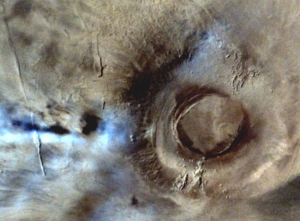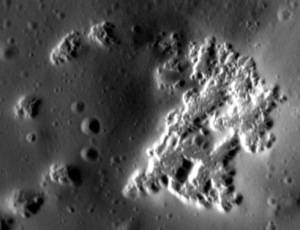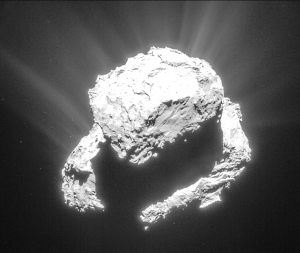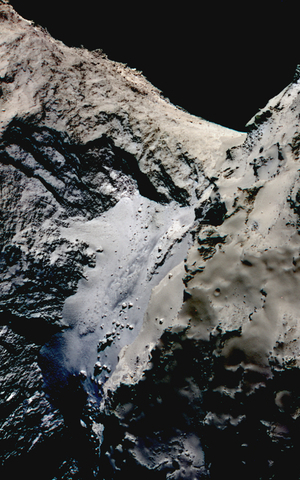How scientists are using the Kelly twins during Scott Kelly’s year-long mission to ISS to learn how weightlessness effects the human body
Link here. Scott Kelly launches today to the station to begin the flight.
The article’s headline and initial focus on how the Kellys’ privacy rights might interfere with the research seems inappropriate. It is as if the author and Nature wanted to spin the story to force the Kellys to reveal private medical data they would prefer to keep private.
The real story the article tells is that an incredible wealth of knowledge about microgravity will be gained by this flight, because the Kellys are both participating. And depending on what is learned when their entire genomes are sequenced, we might also be able to study that fully as well.
Link here. Scott Kelly launches today to the station to begin the flight.
The article’s headline and initial focus on how the Kellys’ privacy rights might interfere with the research seems inappropriate. It is as if the author and Nature wanted to spin the story to force the Kellys to reveal private medical data they would prefer to keep private.
The real story the article tells is that an incredible wealth of knowledge about microgravity will be gained by this flight, because the Kellys are both participating. And depending on what is learned when their entire genomes are sequenced, we might also be able to study that fully as well.




